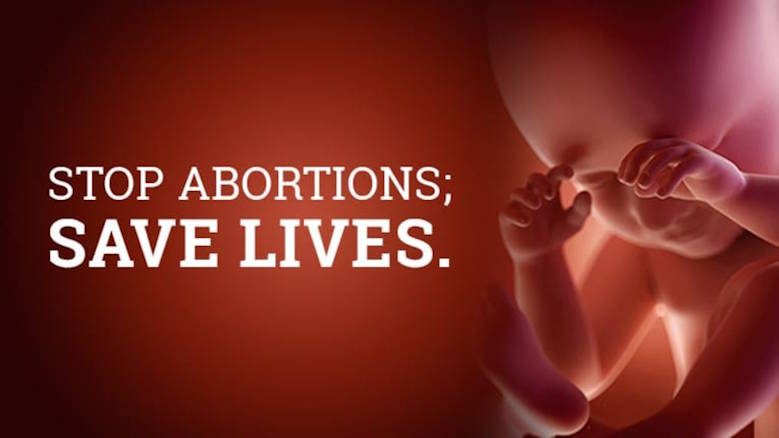
Humanity and Abortion
By Brent Regan
Idaho has one of the most comprehensive abortion laws in the United States, effectively banning the procedure at all stages of pregnancy with narrow exceptions. The state’s framework consists of multiple overlapping statutes, primarily enacted or triggered after the U.S. Supreme Court’s 2022 decision in Dobbs v. Jackson Women’s Health Organization, which overturned Roe v. Wade, returning abortion laws to the authority of the state.
Exemptions (affirmative defenses) include abortions necessary to prevent the death of the pregnant woman based on the physician’s good faith medical judgment and during the first trimester in the case of rape or incest.
There are various legal challenges to Idaho abortion laws from several groups as well as a ballot initiative “Idaho Reproductive Freedom and Privacy Measure,” a citizen-initiated state statute which, if enough signatures are collected, will be on the November 2026 ballot. If passed the initiative would legalize abortion before fetal viability and after viability in cases of medical emergencies to protect the woman’s health or life. “Health” is not defined, implying a broad scope that includes physical and mental health conditions such as depression.
Legal arguments about abortion frequently focus on “rights;” when in your development did you obtain your rights? When are the rights of the weak no longer inferior to the rights of the strong? When can your life be surrendered for the convenience of another person?
Some claim that a human fetus, because it shares physical characteristics with other species, cannot be classified as “human” and this non-human state exists even past birth. So when, during your development, did you become a human?
Logically, if you are not human, what are you? Broccoli? If not human, should premature babies be treated in veterinary clinics? If not human, why are the cadavers of unborn babies carved up and sold for their human tissues? Claiming that humans are not humans at the moment of conception is absurd a priori.
Scientifically, a genetic evaluation of the baby’s DNA at ANY stage of development will show that it is indeed human. In fact, it is uniquely human, an individual; distinct from the parents and sharing its unique combination with no other human, ever (except the rare identical twin). This particular combination of DNA that describes an individual has never before, nor will it ever again occur. It is singular in its existence.
A typical human adult contains roughly thirty trillion cells with the unique DNA that describes that individual. However, if you were to render an adult human to the cellular level and then sorted the human cells from the non-human cells you would find an additional 100 trillion non-human cells from microorganisms like bacteria, fungi, archaea, and viruses living in and on our bodies, especially in the gut, skin, and mucosal surfaces. These microbes are not human cells but contribute significantly to the body’s cellular and genetic landscape.
Because an early development fetus is composed almost entirely of human cells, it is not only human but it is four times more human than you.
Politically, denying the humanity of a group of individuals because of the way they look is the same argument used to justify eugenically inspired genocide that slaughtered millions during the twentieth century. WE are better than THEM so we are justified in killing them. Propaganda supporting genocide often portrays the oppressed as sub-human with animal features to assuage the conscience of both oppressor and bystander.
Philosophically, what is human? A tough question, but we can gain some insight if we consider the opposite. Nature without humans is, by definition, inhumane. The only law is the survival of the fittest, kill or be killed, where stark brutality is the norm or as Tennyson observed “Nature, red in tooth and claw.” If inhuman is brutality, then an essential element of humanity is compassion. A clear measure of our humanity is the degree to which we are compassionate to those weaker than ourselves. Indeed, our very Republic is founded on the sovereign rights of the individual and our laws protect the individual from the menace of the herd.
But our humanity goes beyond how we treat each other. We have laws requiring the humane treatment of animals. Why? If animals do not treat animals humanely, why should we? A lion killing a gazelle by crushing its throat is entertainment on the Nature channel but a man kicking a dog is a crime. Clearly the primary motivation for laws prescribing the humane treatment of animals is to preserve our own humanity. It is not for the animals’ sake that we treat them humanely; it is for our own sake. We demonstrate our human enlightenment by shunning the expression of brutality while protecting the helpless.
It is a scientific fact that life is a continuum where the human life of the mother is combined with the human life of the father to create a new and unique human life. Arguments to the contrary are sophistry designed to comfort the conscience of those who chose to diminish our humanity.
Abortion is a response to an event; pregnancy does not occur spontaneously. In cases other than rape, it is a choice and abortion is a way to avoid the consequence of a poor choice. An abortion is a medical procedure and should comport with the physician’s maxim “Primum non nocere” first, do no harm. If faced with an abortion decision, follow your mother’s example; her decision about you.
Abortion is the termination of a human life and it is dangerous to allow government to sanction terminating a human life for the sole crime of being inconvenient. History has shown that the definition of “inconvenient” is very elastic and could easily be stretched to include you.
Across our state, paid workers are gathering signatures to put the “Reproductive Freedom and Privacy Measure” on the ballot. If given the choice, protect your humanity and decline to sign.
It’s just common sense.